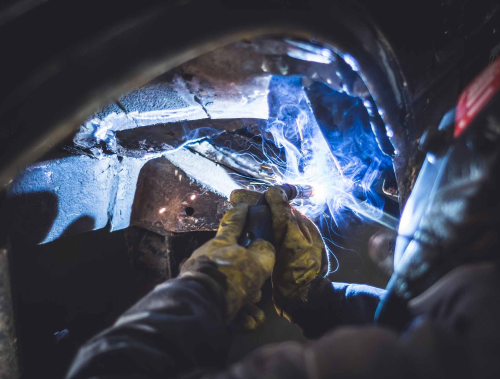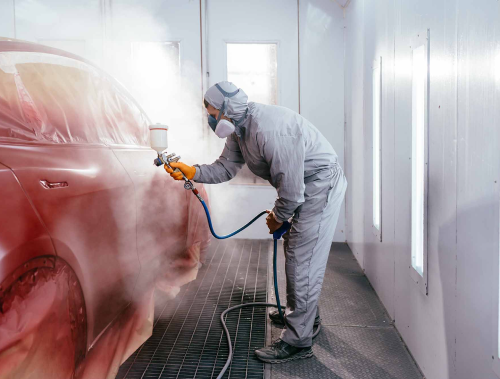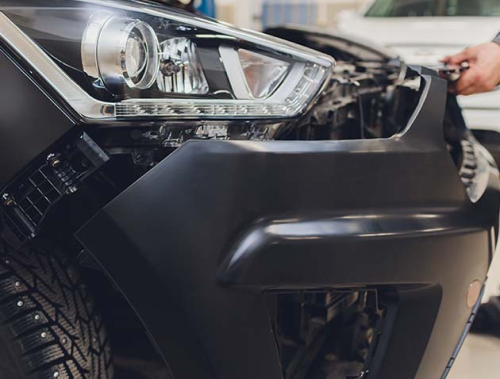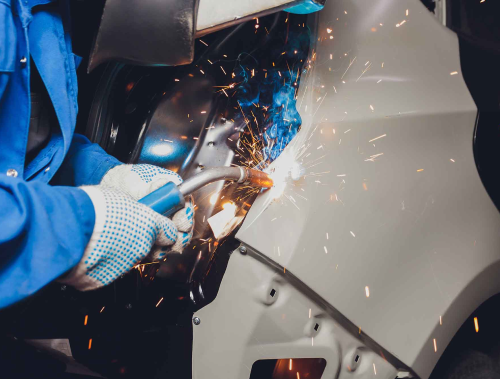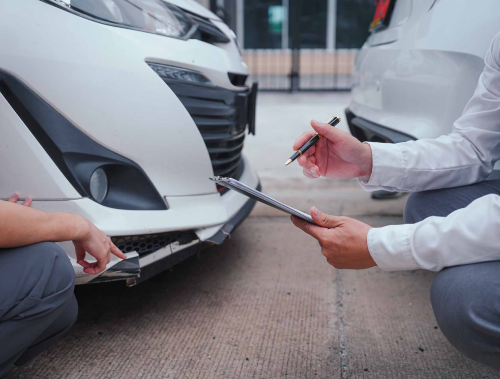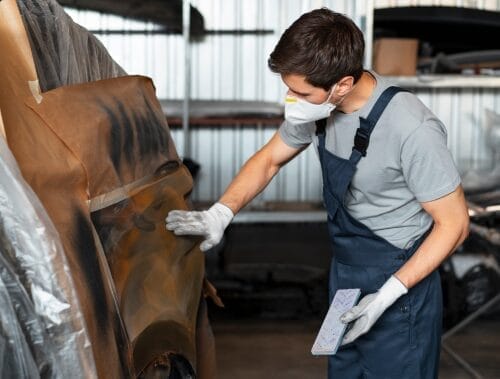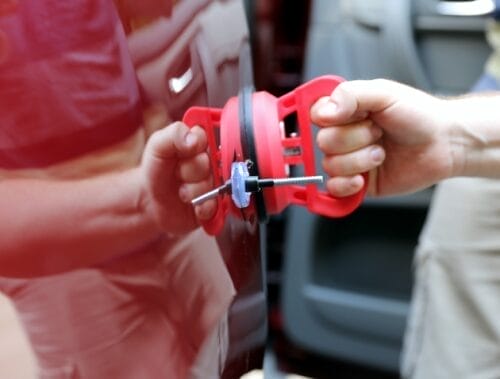Choosing the right car cover is crucial for protecting your vehicle from various environmental hazards and keeping it in top condition. Whether you park your car outdoors, in a garage, or only use it seasonally, a well-chosen car cover can provide significant benefits. In this guide, we’ll explore different types of car covers, materials, and key features to help you select the best cover for your needs.
Types of Car Covers
Indoor Car Covers
Benefits of Indoor Car Covers
Indoor car covers are designed to protect your vehicle from dust, dirt, and minor bumps while stored inside a garage or storage facility. These covers are typically lighter and softer, ensuring that they won’t scratch your car’s paint. They help maintain the car’s cleanliness and prevent dust accumulation on the surface.
Common Materials Used for Indoor Covers
- Cotton: Gentle on the paint and breathable, preventing moisture buildup. Ideal for long-term storage.
- Polyester: Durable and offers basic protection against dust and dirt. It’s a cost-effective option for everyday use.
Outdoor Car Covers
Advantages of Outdoor Car Covers
Outdoor car covers are built to withstand harsh weather conditions, including rain, snow, UV rays, and wind. They offer more robust protection compared to indoor covers and are essential for vehicles parked outside. These covers protect against environmental elements that can damage the car’s exterior and interior over time.
Materials Suited for Outdoor Use
- Polyester with UV Coating: Provides excellent protection against the sun’s harmful rays, preventing paint fade and interior damage.
- Nylon: Lightweight yet durable, often treated for water resistance. Suitable for areas with moderate weather conditions.
- Multi-Layer Composite Fabrics: Combine various materials for comprehensive protection against all weather conditions, including heavy rain and snow.
Material Selection
Polyester
Durability and Protection Level
Polyester is known for its durability and resistance to various environmental factors. It is particularly effective in protecting against UV rays, making it a good choice for sunny climates. Polyester covers are also resistant to tearing and provide a decent barrier against dust and dirt.
Suitability for Various Climates
Polyester covers are versatile and can be used in most climates. However, they perform exceptionally well in areas with high sun exposure, where UV protection is critical.
Nylon
Features and Protection Level
Nylon car covers are lightweight and offer excellent protection against rain and snow. They are often treated with water-resistant coatings to enhance their protective capabilities. Nylon is also less likely to tear, providing a durable solution for outdoor protection.
Best Use Cases for Nylon Covers
Nylon covers are ideal for regions with frequent rain or snow. Their lightweight nature also makes them easy to handle and store, making them a convenient choice for daily use.
Specialty Materials
Breathable Fabrics for Humidity Control
Breathable fabrics, such as certain cotton blends, help prevent moisture buildup under the cover, reducing the risk of mold and mildew. These materials allow air to circulate, keeping the car dry and preventing condensation.
Heat-Welded Seams for Water Resistance
Covers with heat-welded seams offer superior water resistance by preventing water from seeping through the stitching. This feature is crucial for outdoor covers exposed to heavy rain or snow, ensuring the car remains dry.
Choosing the right car cover involves considering the environment your car is exposed to, the materials that offer the best protection, and the specific features that meet your needs. By understanding the benefits and uses of different types of covers, you can make an informed decision that will keep your vehicle protected and looking its best.
Fit and Size
Importance of a Snug Fit
Preventing Flapping and Potential Damage
A well-fitted car cover is crucial in preventing flapping in the wind. Flapping can cause the cover to rub against the car’s surface, potentially leading to scratches and abrasions. A snug fit keeps the cover secure and minimizes movement, thereby protecting the vehicle’s paint and finish.
Enhanced Protection with a Well-Fitting Cover
A well-fitting cover ensures that all parts of the car are adequately protected from environmental elements. It provides a tailored look and maximizes the cover’s effectiveness in shielding the car from dust, debris, and moisture.
Custom vs. Universal Covers
Pros and Cons of Custom-Fit Covers
- Pros: Custom-fit covers are designed specifically for your car’s make and model, ensuring a perfect fit. They offer the best protection, preventing flapping and covering all contours of the vehicle. Custom covers also tend to have more features like mirror pockets and antenna patches.
- Cons: These covers are usually more expensive and may take longer to manufacture and deliver.
Situations Where Universal Covers Are Acceptable
- Pros: Universal covers are generally more affordable and readily available. They come in various sizes to fit a range of vehicles.
- Cons: While convenient, they may not fit as snugly as custom covers, potentially leading to flapping and less effective protection.
Weatherproofing Features
UV Protection
Materials That Offer UV Resistance
Materials like UV-coated polyester and specialized synthetic blends are designed to reflect harmful UV rays, protecting the car’s paint and interior from sun damage.
Importance of UV Protection for Car Exteriors
UV protection is crucial in preventing paint fade and deterioration of plastic and rubber parts. It helps maintain the car’s appearance and prolongs the lifespan of exterior components.
Water Resistance
Benefits of Water-Resistant Covers
Water-resistant covers protect your vehicle from rain, snow, and moisture, preventing rust and corrosion. They keep the car dry and safe, especially in areas with heavy rainfall or snow.
Key Features Like Heat-Welded Seams
Heat-welded seams ensure that water does not penetrate the cover through the stitching. This feature is essential for maintaining the cover’s integrity and effectiveness in wet conditions.
Dust and Debris Protection
Choosing Materials That Guard Against Dust and Debris
Materials such as tightly woven polyester and multi-layer fabrics are excellent at preventing dust and debris from settling on the car. These covers keep the car clean and reduce the need for frequent washing.
Additional Features to Consider
- Elastic Hems: Keep the cover securely in place.
- Tie-Down Straps: Prevent the cover from being blown away by strong winds.
Additional Features
Breathability
Importance of Breathable Fabrics for Indoor Storage
Breathable fabrics allow moisture to escape, preventing mold and mildew growth. This is particularly important for cars stored indoors or in humid environments.
Preventing Mold and Mildew
Using breathable covers ensures that any trapped moisture evaporates, keeping the car dry and free from mold and mildew.
Tie-Down Straps
Securing the Cover in Windy Environments
Tie-down straps are essential for securing the cover during windy conditions. They help keep the cover firmly in place, preventing it from being blown off or flapping excessively.
Types of Tie-Down Mechanisms
- Elastic Bands: Provide a snug fit around the car’s bottom edge.
- Buckles and Grommets: Offer additional security by allowing you to fasten the cover to the car or ground.
Soft Inner Linings
Protecting the Car’s Paint from Scratches
Soft inner linings, such as fleece or cotton, protect the car’s paint from scratches and abrasions. They are gentle on the car’s surface, ensuring that the cover does not cause any damage during use.
Recommended Materials for Inner Linings
Look for covers with inner linings made from materials like fleece, flannel, or cotton for the best protection against scratches.
Maintenance and Care
Cleaning and Storing Car Covers
Best Practices for Cleaning Car Covers
Regular cleaning of your car cover is essential to maintain its protective properties. Use mild detergents and avoid harsh chemicals. Hand washing is often recommended, but some covers are machine washable. Always follow the manufacturer’s cleaning instructions.
Proper Storage Methods to Prolong Cover Life
Store the car cover in a cool, dry place when not in use. Fold it neatly and keep it in a storage bag to prevent damage. Avoid placing heavy objects on top of the stored cover.
Regular Inspection
Checking for Wear and Tear
Regularly inspect your car cover for signs of wear and tear, such as holes, fraying, or loss of elasticity. Early detection of damage can prevent it from worsening.
Timely Repairs and Replacements
Address any damage promptly. Small tears can often be repaired, but severely damaged covers should be replaced to ensure your car remains protected.
Conclusion
Recap of Key Points
Choosing the right car cover involves considering the type of cover, material, fit, and additional features. Each element plays a crucial role in providing optimal protection for your vehicle.
Encouragement to Choose the Right Cover for Optimal Car Protection.
Investing in a high-quality car cover tailored to your specific needs ensures that your vehicle remains protected from environmental hazards. Take the time to evaluate your options and select a cover that offers the best protection, keeping your car looking its best for years to come.

